They can rightly be called the dancing frog prince trying to charm their princesses. Scientists have discovered 14 unique species of frogs from World Heritage Site Western Ghats that can dance! The male of the species show a unique breeding behaviour called foot-flagging that leads to an interesting ‘dance routine’ and helps them attract the females. The scientists add though that while the news of discovering so many of them is exciting, the stream habitats of these frogs is rapidly drying up, speeding their extinction.
Renowned Indian biologist S D Biju and his team have been studying the acrobatic amphibians for more than 12 years and note that already their population has shown a declining trend. This is because their breeding grounds – fast rushing streams that carve zig zag paths on the forest floors are quickly drying up.
The different frog species have been chronicled through morphological descriptions and molecular DNA markers and the complete list has been published Thursday in the Ceylon Journal of Science. What is noteworthy is that the inclusion of these 14 species now takes the known number of Indian dancing frogs to 24. Little is known about the reclusive animals, and biologist only confirmed their behaviour of egg laying for the first time in 2011.
Dancing Dudes
To attract potential mates, the males of the dancing frog species stretch, extend and whip their legs out to the side. This seems like an adaptation to ensure that the female notices them if they cannot hear the croaking sounds above the loud gurgling sound of the water flowing in the perennial hill streams.
The foot kick has another purpose too. To smack away other males and potential competition. The bigger the frogs, the better and more frequent is their dancing style, noticed the scientists.
Project’s lead scientist, University of Delhi professor Sathyabhama Das Biju, says,
“They need to perform and prove, ‘Hey, I’m the best man for you.’”
The discovery also points to the importance of the habitat of these frogs. The expert says that the size of most of these frogs is not more than a walnut and they can easily be swept away in gushing streams. To ensure therefore that they do get a chance to breed, the level of water in these streams has to be at a point where the water babble over the stones. This occurs as stream levels recede after the monsoon season, which lasts from July to September. During this critical phase, the frogs can easily display their foot swinging dance, attract mates and breed. A higher water level would sweep them away and if the stream gushes past and dries up all too soon, the amphibians would be caught up in the passing water and never get a chance to breed.
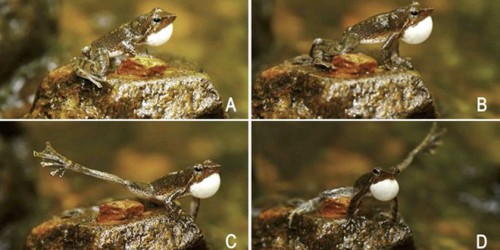
“Compared with other frogs, these are so sensitive to this habitat that any change might be devastating for them,” Biju said. “Back in 2006, we saw maybe 400 to 500 hopping around during the egg-laying season. But each year there were less, and in the end even if you worked very hard it was difficult to catch even 100.”
Climate change could cause streams to run dry, which could negatively impact the mating habits of these unusual animals, the researchers warned.
Biologists state 12 species of dancing frogs live in areas in ecological decline. An additional seven are native to areas where humans are building farms and harvesting lumber.
The Western Ghats is one of the biodiversity hotspots of the world and known to be home to one on four species found in this part of the world. The research also points that the frog species discovered are members of one of the most ancient lineage of small sized frogs. Any activity or human interference thus may harm the fragility of this ecosystem and speeden the loss of such fascinating and unique creatures such as these frogs.
Discovery of the new species was profiled in the journal Ceylon Journal of Science.
More Related Stories,
The Song of the Indian Purple Frog
Rare Butterfly Seen After 74 Years
By 2080 Climate Change may Eat Away most Plants and Animals

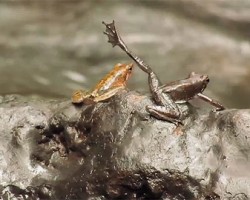
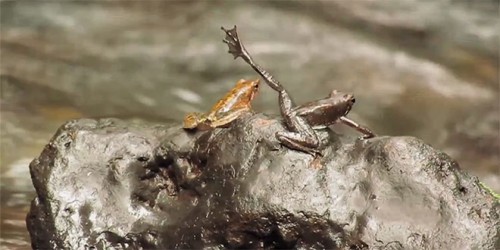
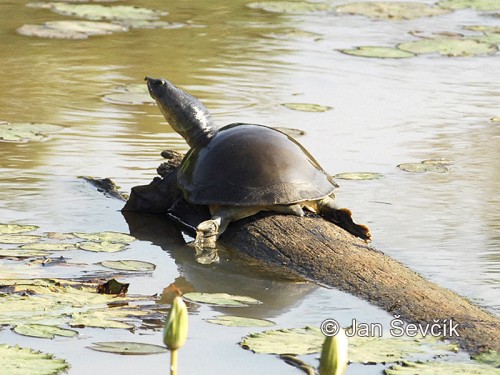
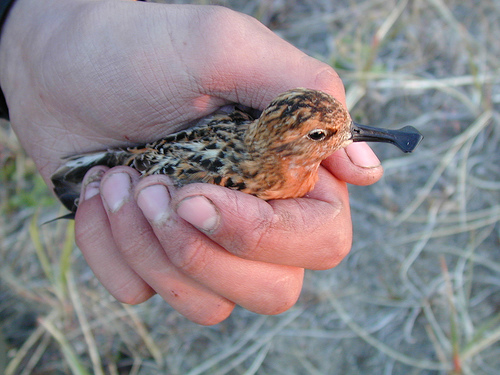
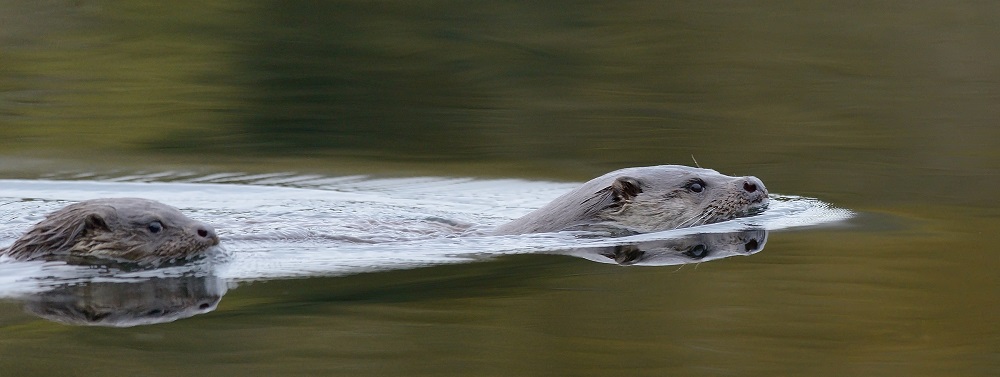
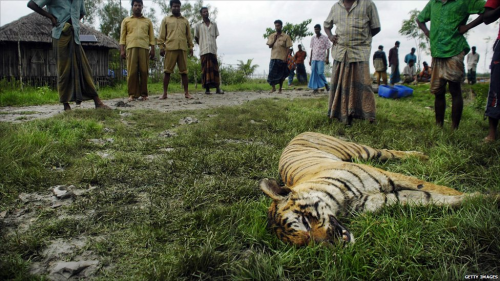
One thought on “14 Species of Unusual Dancing Frogs Discovered in Western Ghats”